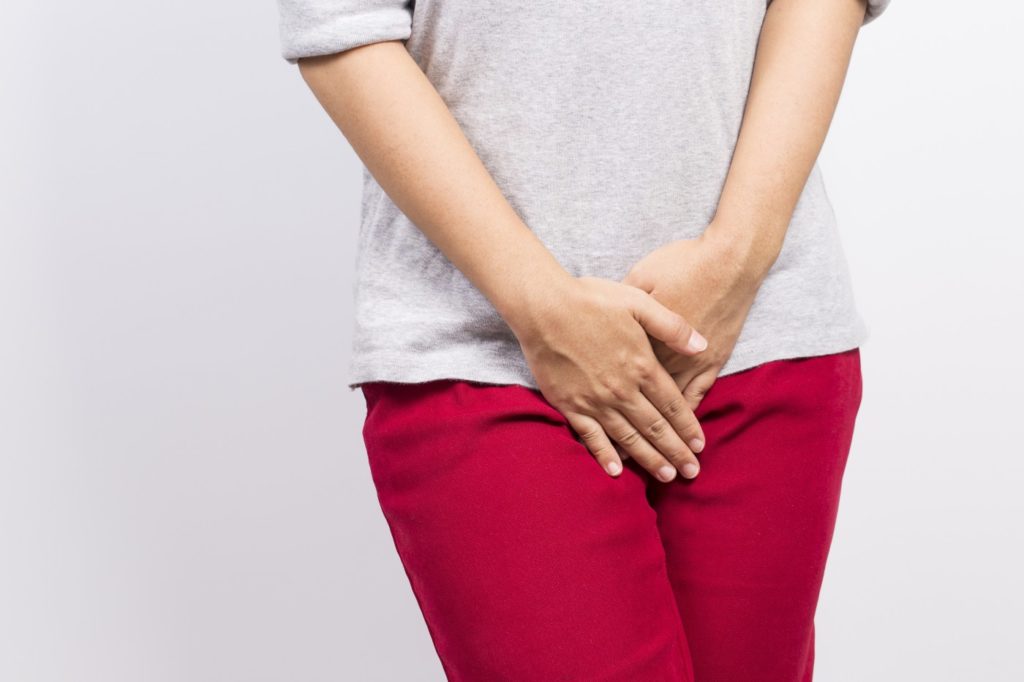Cervical cancer: Is toxic food a carcinogen?

Aflatoxins are the most common carcinogens that we eat daily!
Cancer occurrences are increasing at a volatile rate. And increasing is the pressure to identify the causes!!! Among all, the cases of cervical cancer are seeing new peaks!
Cancer is a genetic mutation or damage in the DNA that causes the cells to change in perverse ways. The cells start growing and dividing in an abnormal manner. It spreads through a body sometimes slowly and sometimes abruptly. Pushing an individual through the tunnel of pain and suffering to reach the other end!

Cervical Cancer
Cervical cancer is one such cancer that occurs at the cervix. If found early it can be treated, but in later stages, it can be deadly. The most prevalent cause of Cervical Cancer is the HPV virus. Followed by smoking and contraceptives.
However, recent researches have linked cervical cancer to food toxins!
Carcinogens in Food!
Researchers and scientists have come afar in labelling the carcinogens. Tobacco, asbestos, processed meat, radon, UV Rays and alcohol are the known ones. In fact, the list includes over 240 names marked in red. And unfortunately, it still has met a full stop!
Recently, Mexican scientists have unveiled some shocking facts on food toxins. The carcinogens in food that can cause cervical cancer and liver cancer.
Carcinogens in Food and Cervical Cancer
Mexican scientists have identified the number of aflatoxins (carcinogens) in several foods. Corn tortilla, rice, chilli pepper, processed sauces, chicken breast and eggs. These foods are linked to cervical and liver cancer in humans.
The study says that fungi like Aspergilus flavus and A. parasiticus produce aflatoxins. When food contaminated with these fungi is ingested, it can lead to cervical and liver cancer.

Researchers analysed 800 kilos of tortilla in Mexico City. Ten different kinds of chilli pepper, rice and corn.
Aflatoxins are present in chicken breast, gizzard, liver and eggs -white and yolk.
The study further found aflatoxins in the tissue samples of the liver and cervix. Proving, aflatoxins are a very important factor in triggering cancer.
This is the first-ever kind of study in the world to report this link. It has provided a significant base for considering contaminated food as a cause of cervical cancer. Aflatoxin is also a trigger of colorectal, pancreatic, breast and lung cancer.
Aflatoxins – The toxic food!
Aflatoxins are a class of toxic metabolites produced by certain species of fungi. Aflatoxin is found in water, soil and air. The fungi that produce them are an olive green mould that can be found in refrigerators. They are very resistant to high temperatures.
The most famous source of aflatoxin is Aspergillus flavus. It can infect nuts and grains. Animals eating infected food produces animal food-products that contain aflatoxins.
Every day, each person consumes traces of aflatoxin. Research states that women consuming infected foodstuffs can pass on aflatoxin to infants through breast milk. Over the years, it accumulates in the DNA. It decreases resistance in people and causes diseases.
UNAM researcher also suggested effective ways to avoid these substances. Such as –
- Proper storage of food would control the production of the toxin.
- Varying the foods in the diet.
- Consuming antioxidants.
NCBI highlighted four primary types of potentially carcinogenic compounds.
- Natural products present in food are unavoidable. For example, the process of creating salted fish produces carcinogens which cannot be easily avoided.
- Natural products contaminated with the carcinogenic fungal aflatoxin. This can be eliminated using best practices for grain storage.
- Anthropogenic chemicals may also be present in food. 2,3,7,8-tetracholordibenzo-p-dioxin is produced during the manufacture of chlorinated hydrocarbons. But it accumulates in certain foodstuffs.
- Anthropogenic chemicals intentionally added to foods.
Conclusion
While cancer cure is crucial, cancer prevention is pivotal! Identifying carcinogenic substances and curbing their use is the best possible way of preventing cancer. Further research and studies on food toxins are sure to open up more ways of preventing cancer!
















